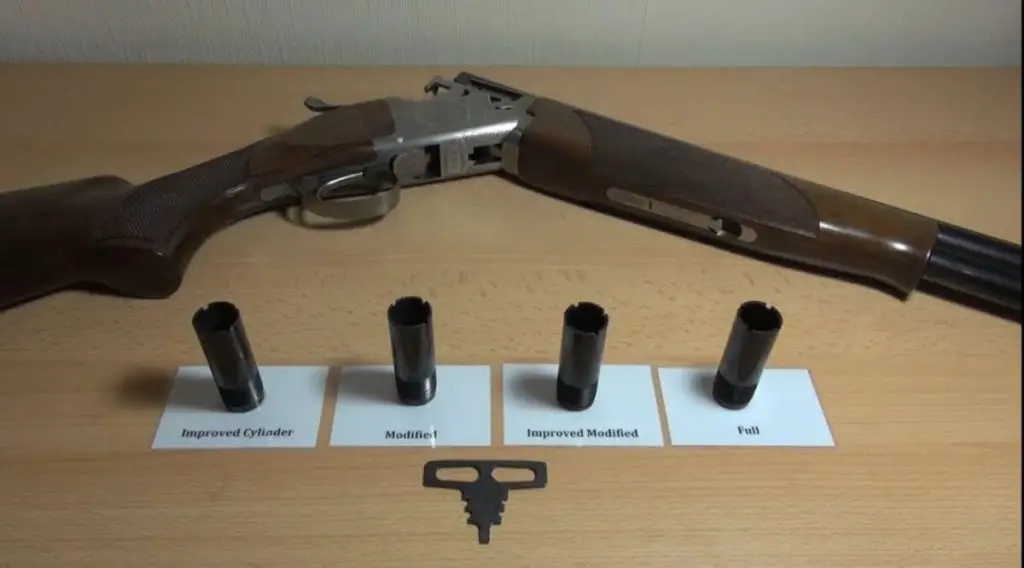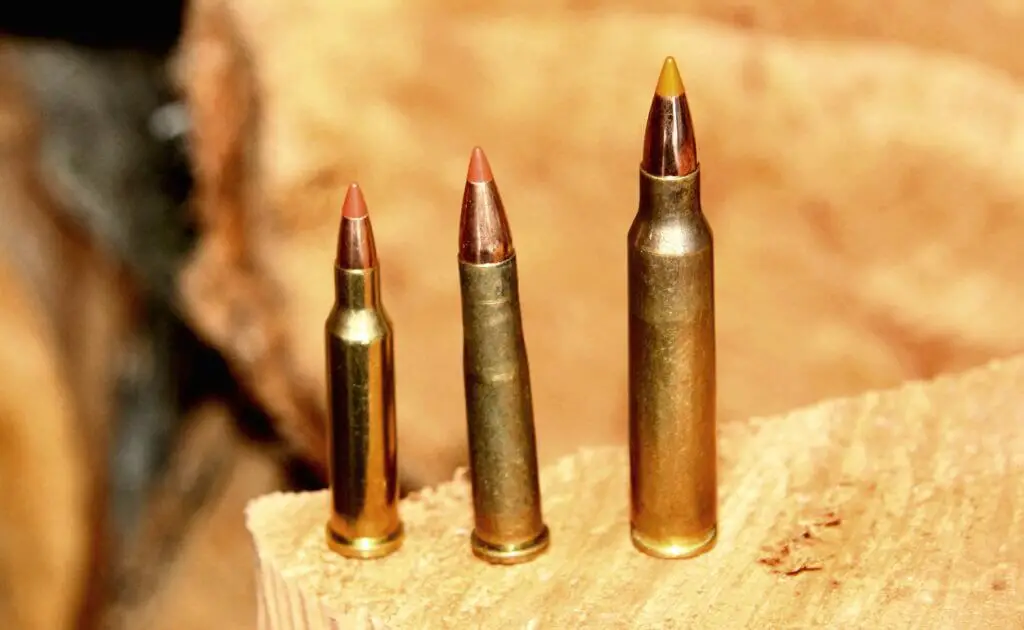In the vast world of archery and hunting, there is a debate that often attracts attention – Single Cam vs. Dual Cam bows. If you are new to this field, you might be wondering which is the better option for you. Both single and dual cam systems have spurred relentless discussions among archers across the globe, each with staunch proponents and their respective merits and demerits.
In this blog post, we will provide a comprehensive insight into both types of bows, highlighting their features, operations, similarities, and differences. We aim to help you make an informed decision, aligning your needs and preferences perfectly.
Understanding Single Cam Bows
What is a Single Cam Bow?
A single cam bow, as the name suggests, consists of a single cam located at the bottom limb and an idler wheel at the top limb. Over the years, the single cam technology has been favored for its simplicity and ease of use.
How Does a Single Cam Bow Work?
A single cam bow functions by generating power from its eccentrically-shaped cam, which pulls the bowstring as you draw back. Meanwhile, the idler wheel at the top assists in maintaining stability, ensuring that your bow remains horizontally balanced.
Advantages of Single Cam Bows
- Ease of Use: Single cam bows are generally easier to use, making them a popular choice for beginners in the sport.
- Quiet Operation: Thanks to their single cam configuration, these bows produce less noise and vibration, giving archers a more stealthy approach.
- Low Maintenance: With only a single cam to worry about, such bows don’t need frequent tuning.
Disadvantages of Single Cam Bows
- Speed Limitations: Single cam bows generally can’t manage the same speeds as dual cam bows.
- Noticeable Creep: The single cam system can lead to a noticeably “spongy” back wall, which many archers find less preferable.
Understanding Dual Cam Bows
What is a Dual Cam Bow?
A dual cam bow, often termed as a “two cam bow,” features a cam on both the top and bottom limbs of the bow. This structure calls for more precise tuning and offers more speed compared to single cam bows.
How Does a Dual Cam Bow Work?
The dual cam bow operates under the scientific principle of ‘synchronization.’ Both cams must rotate at the exact same time to allow the bowstring to fire straight. This results in higher potential speed, power, and accuracy.
Advantages of Dual Cam Bows
- Superior Speed: Dual cam bows are known for greater arrow speed due to their synchronized cam system.
- Better Accuracy: These bows offer a more rigid back wall, contributing to improved accuracy.
Disadvantages of Dual Cam Bows
- Greater Maintenance: Dual cam bows require regular tuning to maintain synchronization.
- Inherent Noise: These bows can be noisier and produce more vibration than single cam models due to their dual operation system.
Single Cam vs Dual Cam Bows: A Close-up Comparison
Now that we’ve delved into both types of bows, let’s see a direct comparison to better illustrate the differences and similarities between the two.
| Single Cam Bows | Dual Cam Bows | |
|---|---|---|
| Operation | Easier to operate | Requires expert handling |
| Noise and Vibration | Less noisy, little vibration | Noisier, high vibration |
| Maintenance | Requires less tuning | Requires periodic tuning |
| Speed | Subpar arrow speed | Exceptional arrow speed |
| Accuracy | Less accuracy due to “spongy” back wall | Improved accuracy due to rigid back wall |
| Price |
Making the Right Choice: Single Cam vs Dual Cam Bows
Ultimately, the choice between single cam and dual cam bows boils down to your personal preference and needs. If you’re a beginner in archery or prefer a quieter, easier-to-maintain bow, a single cam model could be your perfect partner. On the other hand, if speed, power, and accuracy top your list, investing in a dual cam bow could pay off. Take your skills, level of commitment to the sport, and affordability into consideration while making your choice. Ultimately, regardless of whether you choose a single cam or a dual cam bow, the key is to practice regularly to become proficient at your craft.
Frequently Asked Questions
Is a dual cam bow better than a single cam?
Dual cam bows and single cam bows have their own unique advantages. Dual cam bows are known for their increased speed and smoother draw cycle. They also provide better accuracy and stability due to the synchronized movement of both cams. On the other hand, single cam bows are typically quieter, easier to maintain, and require less tuning. Ultimately, the better option depends on the shooter’s preferences and needs.
Do single cam bows need to be timed?
Single cam bows do not require as much timing maintenance as dual cam bows. The single cam system eliminates the need for synchronization between two cams, hence reducing the need for frequent timing adjustments. However, it is still important to periodically check the timing of a single cam bow to ensure optimal performance and arrow flight.
What is the fastest single cam compound bow?
There are several fast single cam compound bows available on the market. One example is the Mathews Halon X, which has been recognized for its impressive speed and accuracy. Other notable options include the Bowtech RPM 360 and the Hoyt Carbon Spyder ZT Turbo. It’s important to note that the speed of a bow is influenced by various factors such as draw weight, draw length, arrow weight, and string quality.
Are Mathews bows dual cam?
Mathews bows are known for their high-quality craftsmanship and innovative technology. While Mathews offers a wide range of bows, they primarily focus on single cam designs. Their patented single cam technology, known as the “SoloCam System,” has gained popularity among archers worldwide for its smoothness, efficiency, and accuracy. However, Mathews has also produced a few dual cam models over the years, offering options to cater to different archery styles and preferences.
What are the advantages of a dual cam bow?
Dual cam bows offer several advantages. First, they typically provide higher arrow speeds compared to single cam bows. The synchronized movement of two cams allows for a more efficient transfer of energy, resulting in greater arrow speed. Dual cam bows also provide a smoother draw cycle, reducing the amount of effort required during the draw. Additionally, the dual cam system promotes better stability and accuracy, as both cams work in tandem to eliminate the nock travel associated with single cam designs.
Can a beginner use a dual cam bow?
A beginner can use a dual cam bow, but it may require more practice and adjustment compared to a single cam bow. Dual cam bows have a steeper learning curve due to their complex design and need for precise tuning. However, with proper guidance and practice, beginners can learn to shoot effectively with a dual cam bow. It’s important for beginners to seek advice from experienced archers or a professional bow technician to ensure proper set up and tuning.
Are single cam bows more accurate?
The accuracy of a bow depends on various factors, and the type of cam system alone does not guarantee accuracy. Single cam bows are generally considered to be more forgiving and easier to tune, which can contribute to improved accuracy for some archers. However, dual cam bows can also offer exceptional accuracy, especially for experienced archers who can effectively tune and maintain the bow’s timing. Ultimately, the shooter’s proficiency and proper form play a significant role in overall accuracy.
Which cam system requires less maintenance?
Single cam systems generally require less maintenance compared to dual cam systems. Dual cam bows typically require regular timing checks, synchronization adjustments, and additional tuning to ensure optimal performance. Single cam bows, on the other hand, eliminate the need for synchronization between cams, reducing the frequency of maintenance requirements. However, it’s important to note that all bows, regardless of the cam system, should be periodically checked and serviced to maintain consistent performance.
Can you switch from a single cam to a dual cam or vice versa?
In most cases, it is not possible to switch from a single cam to a dual cam or vice versa on the same bow. The different cam systems require specific riser designs and limb configurations to accommodate their respective cam designs. Therefore, switching between the two cam systems would typically involve purchasing a new bow rather than modifying an existing one. It is advised to consult with a professional archery shop to explore available options based on individual needs and preferences.
Do single cam bows have less noise?
Single cam bows are generally quieter compared to dual cam bows. The synchronization between two cams in a dual cam bow can sometimes create a higher noise level. Single cam bows eliminate this potential noise source, resulting in a quieter shot. However, other factors such as the quality of the bow’s materials, the design of the accessories (such as the arrow rest and string dampeners), and the shooting technique used can also influence the noise level of a bow.
- How to Put a Scope on a Mosin Infantry in Tarkov: A Quick Guide - November 7, 2024
- How to Edit a Scope Box in Revit: A Step-by-Step Guide - November 6, 2024
- How to Put a Scope on Mosin Tarkov: Expert Tips for Gamers - November 6, 2024


